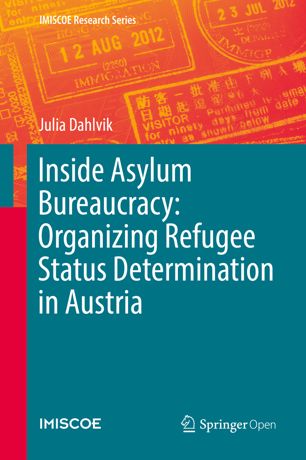

Most ebook files are in PDF format, so you can easily read them using various software such as Foxit Reader or directly on the Google Chrome browser.
Some ebook files are released by publishers in other formats such as .awz, .mobi, .epub, .fb2, etc. You may need to install specific software to read these formats on mobile/PC, such as Calibre.
Please read the tutorial at this link: https://ebookbell.com/faq
We offer FREE conversion to the popular formats you request; however, this may take some time. Therefore, right after payment, please email us, and we will try to provide the service as quickly as possible.
For some exceptional file formats or broken links (if any), please refrain from opening any disputes. Instead, email us first, and we will try to assist within a maximum of 6 hours.
EbookBell Team

4.4
82 reviewsThis open access monograph provides sociological insight into governmental action on the administration of asylum in the European context. It offers an in-depth understanding of how decision-making officials encounter and respond to structural contradictions in the asylum procedure produced by diverging legal, political, and administrative objectives.
The study focuses on structural aspects on the one hand, such as legal and organisational elements, and aspects of agency on the other hand, examining the social practices and processes going on at the frontside and the backside of the administrative asylum system.
Coverage is based on a case study using ethnographic methods, including qualitative interviews, participant observation, as well as artefact analysis. This case study is positioned within a broader context and allows for comparison within and beyond the European system, building a bridge to the international scientific community.In addition, the author links the empirical findings to sociological theory. She explains the identified patterns of social practice in asylum administration along the theories of social practices, social construction and structuration. This helps to contribute to the often missing theoretical development in this particular field of research.
Overall, this book provides a sociological contribution to a key issue in today's debate on immigration in Europe and beyond. It will appeal to researchers, policy makers, administrators, and practitioners as well as students and readers interested in immigration and asylum.